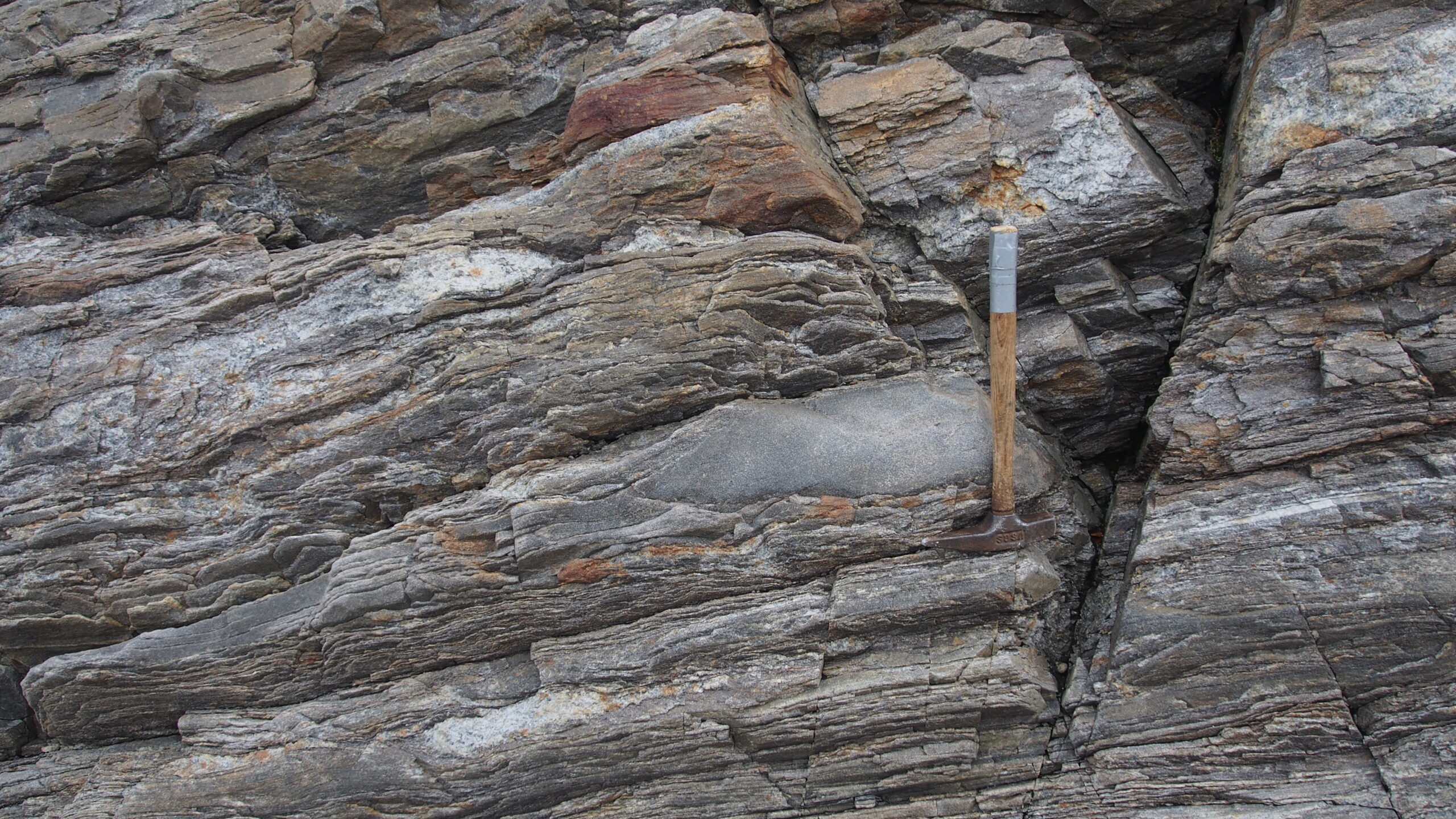
"The question of when life began on Earth is as old as human culture. Professor Martin Whitehouse emphasizes the significance of pinpointing the moment life first appeared on Earth."
"The carbon in question is in rock in Labrador, Canada, dated to be only 2.7-2.8 billion years old, making it considerably younger than previously claimed."
"Organic carbon is richer in carbon-12 than geological carbon. The Labrador graphite displays this light biological isotope signature, crucial for determining its origins."
"Sorting out the age of the carbon-containing Labrador rock is a geological can of worms due to the extensive geological transformations these ancient rocks underwent."
The timeline of life on Earth has been questioned by Professor Martin Whitehouse, who presented evidence at the Goldschmidt Conference suggesting that previously dated carbon remnants, believed to be 3.95 billion years old, are actually only between 2.7 and 2.8 billion years old. This carbon is embedded in metamorphic rock from Canada, which initially formed from seafloor silt thought to contain early microbial life. The organic carbon's age is contested due to geological transformations it underwent as rocks were altered over billions of years.
Read at Ars Technica
Unable to calculate read time
Collection
[
|
...
]